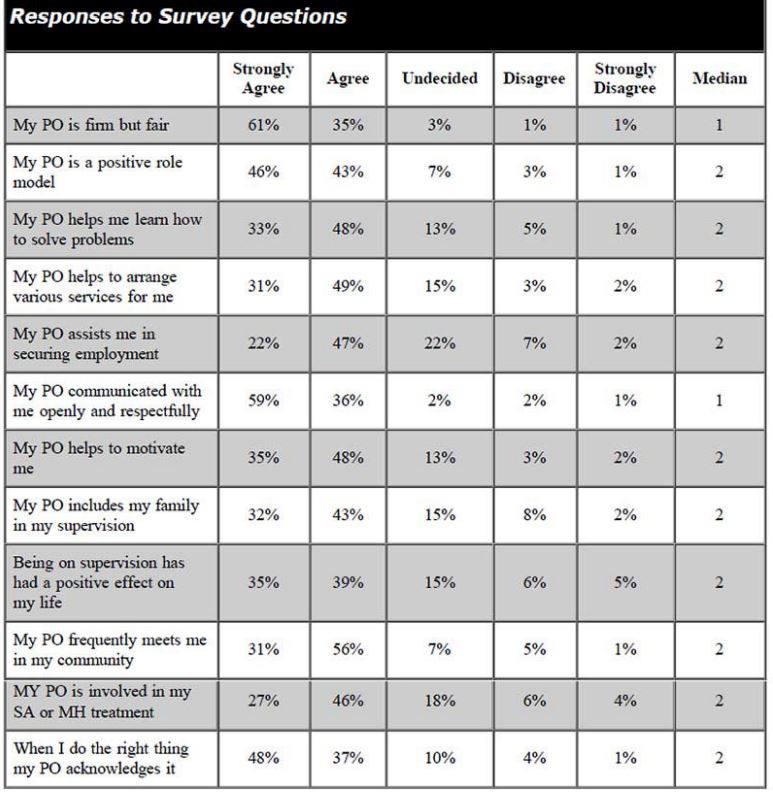FRANCE INTER (le téléphone sonne, 16/05/2018) Quel suivi pour les délinquants sexuels ?
 Castration chimique, entretien psychologique, thérapie de groupe, prescription de médicaments qui sont des « coupe faim » sexuels, quel suivi médical pour les délinquants sexuels ? Est-il possible d’éviter une récidive ? La question se pose après la mort de la petite Angélique.
Castration chimique, entretien psychologique, thérapie de groupe, prescription de médicaments qui sont des « coupe faim » sexuels, quel suivi médical pour les délinquants sexuels ? Est-il possible d’éviter une récidive ? La question se pose après la mort de la petite Angélique.
Après chaque affaire, reviennent les mêmes questions.
La dernière fois c’était Angélique, une jeune fille violée et tuée par un homme qui avait été condamné pour des faits similaires il y a vingt ans.
A chaque fois on interroge les délinquant sexuels, on interroge nos outils, on interroge les soins, la médecine, on interroge les fichiers.
Et c’est ce sur quoi nous avons eu envie de réfléchir à froid, ce soir. Loin des polémiques et des coups de menton des politiques.
Allons-y, parlons du suivi socio judiciaire. Est-il obligatoire ? Combien de temps dure-t-il ? A quoi ressemble l’obligation de soin ? Combien de temps dure-t-elle ? La castration chimique est-elle le remède médical ? Le fichier national des délinquants sexuels est-il efficace ? Faut-il l’ouvrir aux quatre vents, comme le font les anglo-saxons ? Faudrait-il de nouveaux outils ?
On en parle avec Florence Thibaut,professeur de psychiatrie et d’addictologie à l’Université Paris-Descartes et présidente de l’Association internationale pour la santé mentale des femmes ; la présidente de l’Union syndicale des magistrats Virginie Duval et Danielle Messager, spécialiste santé de France Inter.





